My first full day in Alsace involved a visit to Domaine Emile Beyer in the nearby sleepy little medieval village of Eguisheim. And when I say medieval, I mean a tiny walled village with several peripheral streets encircling the Place du Chateau, a town square of sorts. I don’t know what I was thinking, but of course there happen to be numerous producers throughout the area, and Beyer was one of several in this little village center. Christian Beyer is the proprietiare of the Domaine, and to my delight he was extremely hospitable and welcoming to my visit. In fact he had visited the very store where I work in Boulder a year ago with a local rep, and he seemed to remember Boulder with fondness.
After some cordial introduction and friendly smiles, he immediately suggested we should drive out to their Grand Cru vineyards on the edge of town (a five minute walk). On the foothills of the Vosges Mountains, between the village “wall” and the forested density lay Grand Cru Pfersigberg and Eichberg, as well as the slightly higher Hohrain (“high ground”) which as a lieu-dit, supplies the fruit for a number of their mid-tier and still stunning creations.
Pfersigberg and Eichberg are both south facing limestone parcels, with mid-grade slopes and a few steeper spots. All desirable factors intersect here – generous sun, good drainage, well supporting of the ambitious and hearty roots that dig deep into the Earth. Here, Riesling reigns in harmonic supremacy on these parcels.
(Above: A look at the north facing Hohrain lieu-dit, with Les Trois Chateaux, a 12th century ruin, on the peak beyond.)
As we walked up the slope the conversation flowed effortlessly. Christian’s English was thankfully solid as he described the attributes of this land that bless their wines with such grace and elegance. He showed me how they trim the root branches and encourage fresh shoots to grow each year in support of new fruit. The age of the vines is a factor, and for these Rieslings, 30-40 years signals the beginning of a decline of concentration and sugar/acid balance. Pfersigberg and Eichberg were replanted in 2010, and will not produce their Grand Cru wines for another 5-10 years.
While Christian took a phone call during our walk, I quietly soaked in the surroundings. Looking due east past the Rhine, the horizon of Germany’s Black Forest rests like a another mysterious and hidden world. All the abstract lines on a chunky classroom map become so real – two dense forest areas surrounding a broad and fertile valley, with the Rhine snaking down the middle.
We continued to the production facility for a look at the equipment and the stockpile of bottles resting in wait for their curtain call to the world. Riesling, Pinot Blanc, Pinot Gris, Muscat and Gewurtztraminer from a variety of vineyards and vintages all snuggled in the darkness, stacked to the ceiling. All their wines ferment via natural yeast, consistent with the philosophy that excellent wine is made in the vineyard, by Mother Nature alone. Christian’s passion and purity was evident, as Domaine Beyer strives to only guide the process along with no unnecessary steps. He drew off a couple glasses of one curious situation from the only tanks in use at the moment – a long and slow fermenting Riesling that has been churning for months. An unusual sample that offered me the chance to witness and taste the cloudy and extremely tart liquid in mid fermentation.
“These are my bad kids right now,” Christian commented with some curiosity and caution.
Returning to the visitor area we took a quick look at an old abandoned cellar under the main building dating to a mere 1583, when the family began the business that continues today. We then sat for a climactic task at hand – a broad sampling of their efforts in the glass. Like many of the producers in Alsace, there is an almost dizzying variety of wines on offer. With the five primary grapes and additionally Sylvaner and Pinot Noir, there is additionally the range of parcels, from everyday wines to the most prestigious gems.The “entry level” wines (their “Tradition” line), the fruit which comes from younger vines and a small assortment of local and well trusted growers. A line of Reserve wines from their Hostellerie lieu-dit, which contributes a finely tuned ensemble of well crafted and balanced wines that anyone can savor and appreciate. “L’Instant Rare d’Emile” is a Pinot Blanc/ Auxerrois blend that tingles the spine and dazzles the senses. The Late Harvest Gewurtztraminer 2010 is a sublime and otherworldly elixir of tremendous depth – layer upon layer of fruit and floral memories: lavender, lychees, a warm musk and spicy goodness that coats your mouth and your soul.
Christian was most proud of their Rieslings – austere yet solid, with a piercing backbone of refreshing acid. You can taste the bedrock in these wines. The mineral purity is injected into your system, with searing accuracy – conjuring images fit for a medieval king. Among my favorites was the Pinot Gris Hohrain 2012, which carried a tantalizing touch of sweetness that forces you to vaguely imagine a variety of fruit – banana, mango melon, honey, spice – perhaps grown on the planet Neptune. (Ok, not a conventional description, but I’m trying to somehow capture the sense of gentle and alluring provocation these wines bear).
All in all, I spent an entirely delightful afternoon with Christian. We talked about family, and while business expands, his increasingly reluctant travels in support of the emerging markets. The concentrated urban centers of New York, Chicago, and Denver supply a backbone for distribution of the Beyer wines in America. Their wines can be found throughout western Europe naturally, increasingly Eastern Europe. And much to my surprise, the Japanese love Alsatian wine as well!


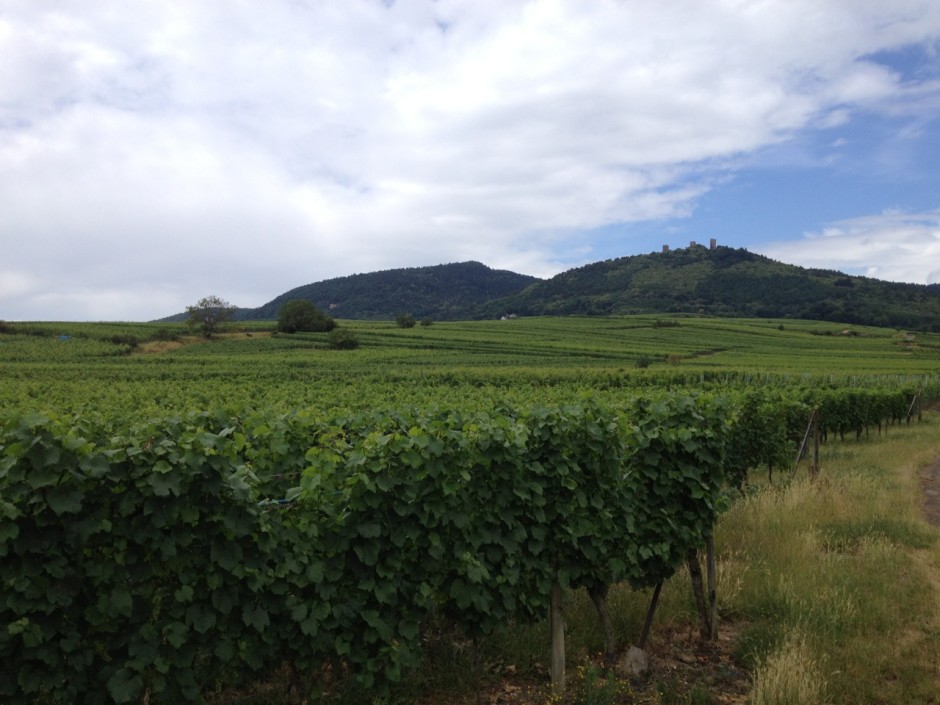
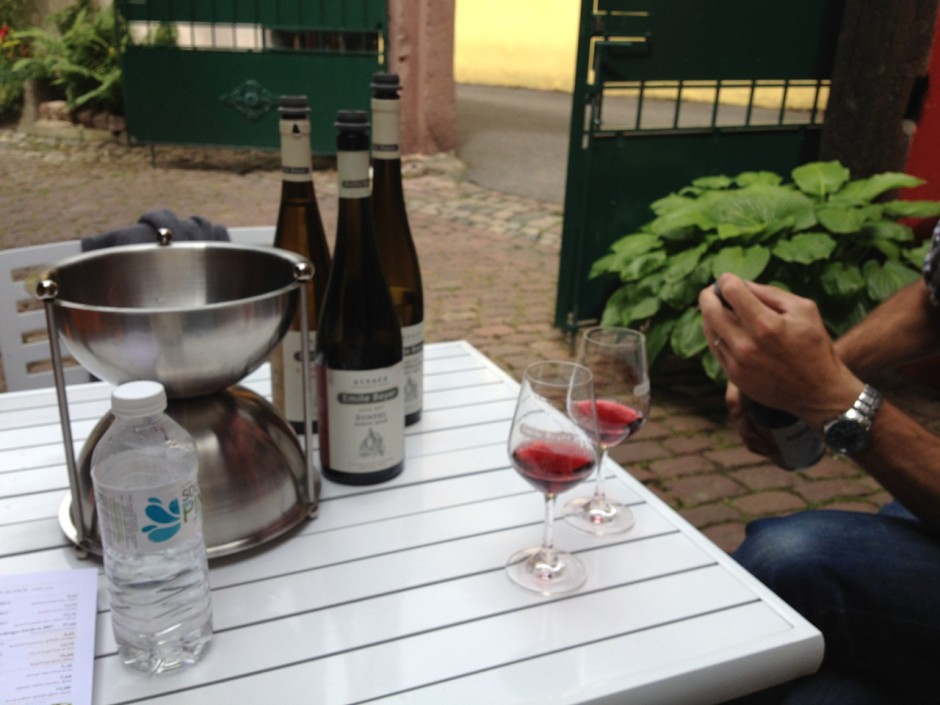
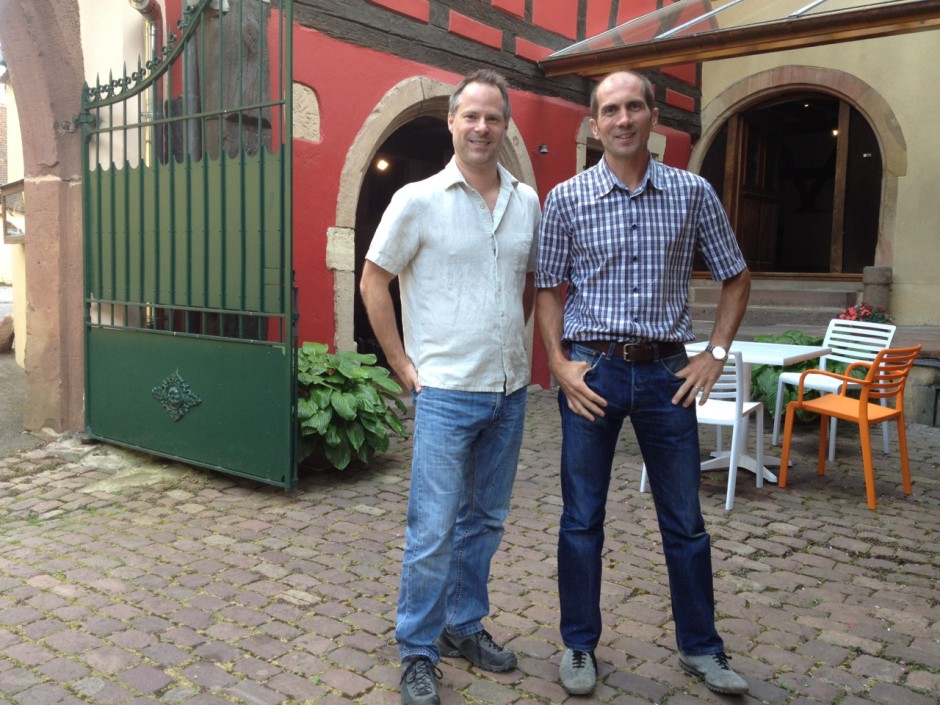


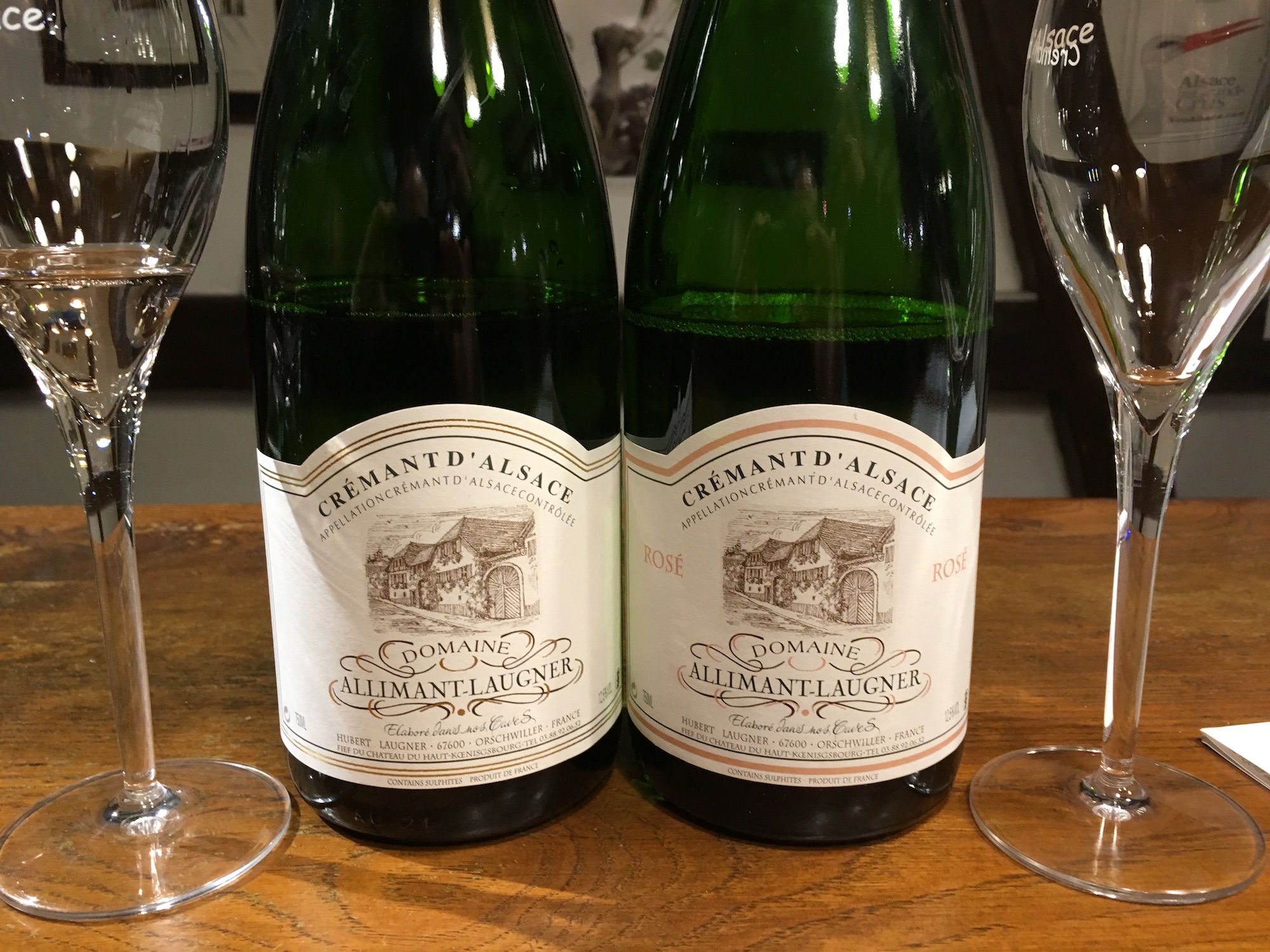

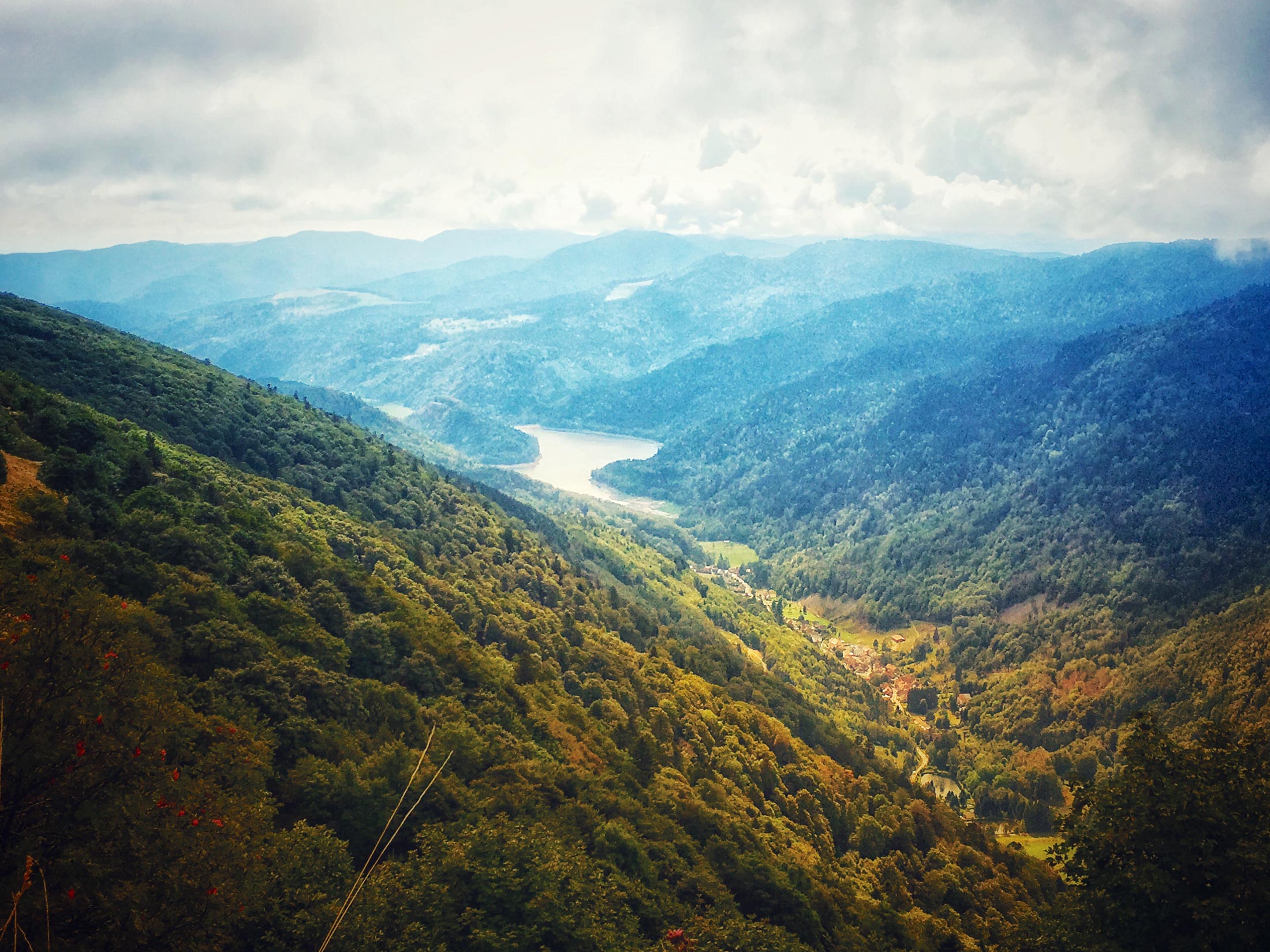
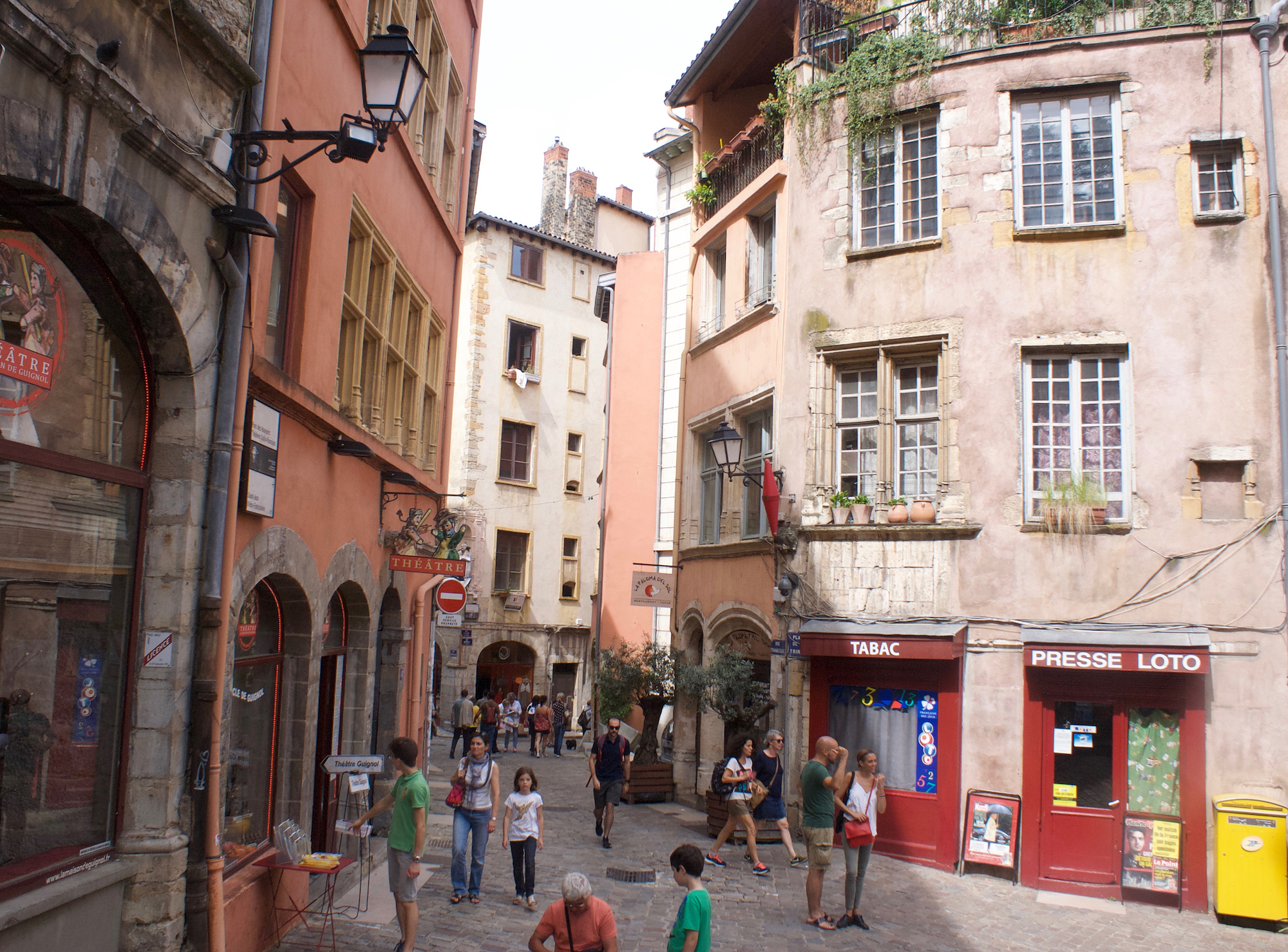
Leave A Comment